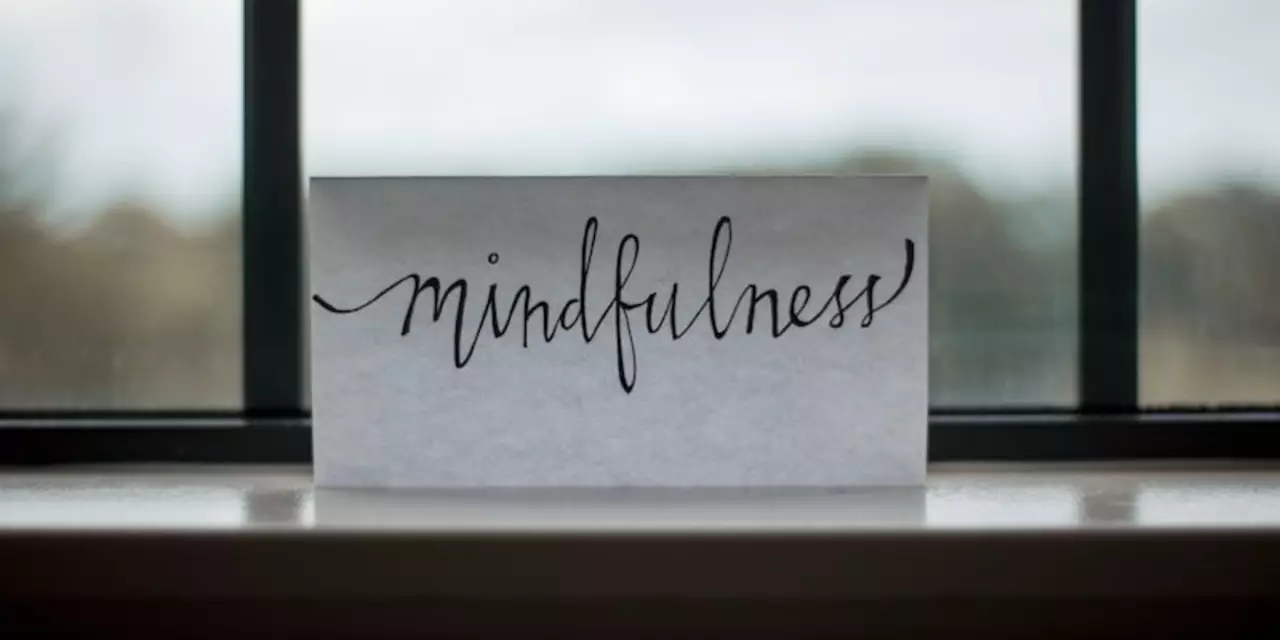Punch: definition and why it matters
When you hear the word punch, you probably picture a fighter’s fist connecting with a target. In its purest form, a Punch, a forceful strike delivered with a closed fist, often seen in combat sports and used as a metaphor for impact. Also known as blow, it can decide a match, punctuate a story, or spark a movement.
One of the most iconic arenas for a punch is Boxing, a sport where two competitors trade punches inside a ring, judged on skill, power and strategy. A well‑timed jab can set up a knockout, while a defensive slip can save a round. Boxing’s rules define how a punch is counted, what makes it legal, and how judges score it. This structure gives the punch a clear purpose and makes every strike count.
Beyond the squared circle, Mixed Martial Arts, a hybrid combat sport that blends striking, grappling and submissions, allowing punches from various positions takes the concept even further. Here a punch can land from a standing stance, the clinch, or even off the cage. The MMA rule set treats punches as part of a broader toolbox, meaning fighters must blend power with precision to avoid leaving openings for kicks or grapples. The sport’s evolution shows how a simple punch adapts to complex combat scenarios.
When punches happen in the ring, the story often travels to the page. Sports Journalism, the practice of reporting, analyzing and narrating sports events for audiences turns a knockout into a headline, a controversial decision into a debate. Reporters break down the physics of a punch, the fighter’s technique, and the emotional stakes. By framing a punch as a pivotal moment, journalism gives the strike cultural weight, turning a split‑second action into a lasting narrative.
In today’s digital world, that narrative spreads on Social Media, online platforms where users share content, discuss trends and amplify stories. A viral video of a perfect punch can rack up millions of views, while a poorly edited clip may mislead viewers, as seen in deep‑fake scandals that mimic celebrity endorsements. The speed of social sharing makes a punch not just a physical act but a punchy headline that can sway opinions in seconds.
Activists also harness the idea of a punch, not with fists but with bold statements. Recent protests have used the term “punch” to describe a decisive action against policies, echoing the impact of a physical strike. Whether it’s a sit‑in that “punches” through complacency or a legal filing that delivers a “punch” to entrenched interests, the metaphor underscores the power of a focused, forceful move.
Pop culture reflects this blend too. Television dramas like the NBC pilot “Unveiled” weave fight scenes where punches become visual metaphors for personal conflict, while sports documentaries highlight how a single punch can change a career trajectory. Even marketing campaigns borrow the term to describe a product’s “punchy” flavor or a campaign’s “knock‑out” impact, showing the word’s versatility across domains.
All these angles—combat sports, media coverage, digital spread, activism and entertainment—show why a punch is more than a simple motion. Below you’ll find a mix of articles that explore punch‑related topics from different perspectives, giving you a full‑spectrum view of its role in today’s world.

Do you modify your bare knuckle punches for self-defense?
Self-defense is a skill that requires practice and knowledge to master. Bare knuckle punches are often used in self-defense situations, but there are some modifications that can make these punches even more effective. These modifications include adjusting the angle of the punch, improving the power behind the punch, and using the entire body to generate power. Furthermore, proper technique and form are important to ensure the punch is done correctly. Practicing these modifications can help make bare knuckle punches more effective in self-defense situations.
Read More


